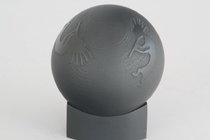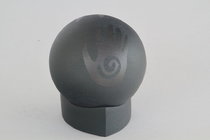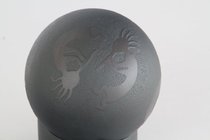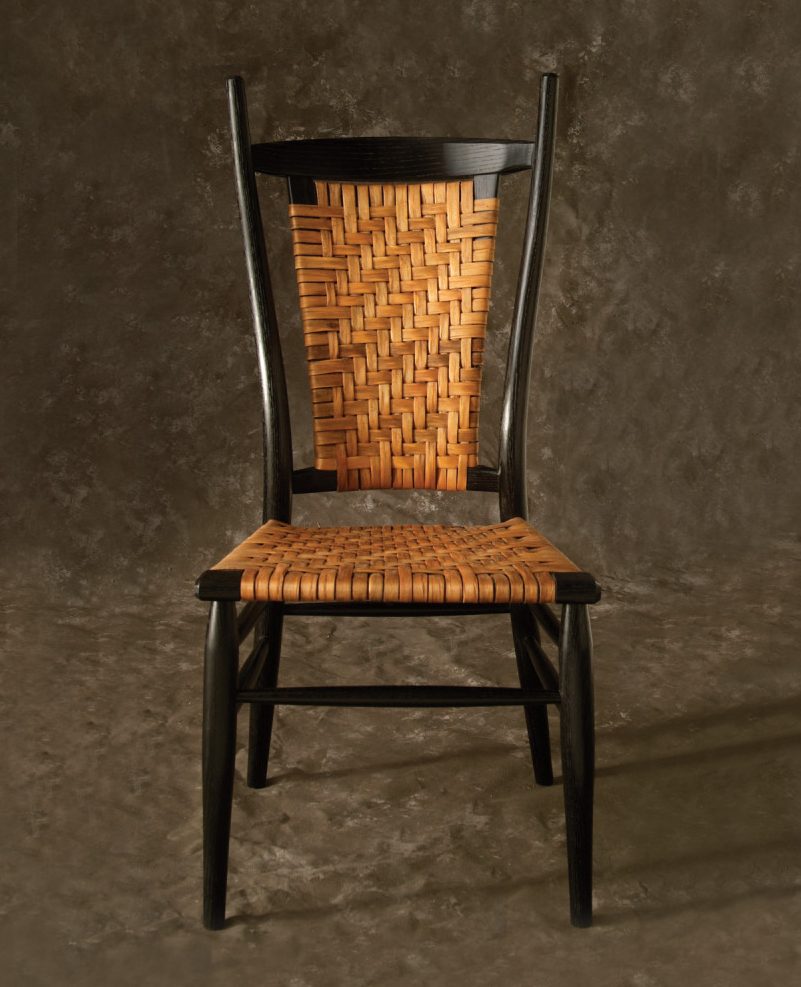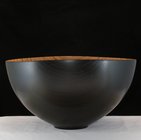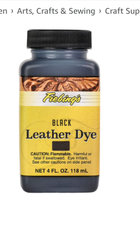Some of the most intriguing turners I follow on Instagram do some beautiful work with ebonizing, so I thought I would try it (Dan Young for example). I did the standard 0000 steel wool in vinegar recipe, and got a good batch of the iron acetate. Problem is, the walnut I have tried it on I got very uneven, spotty results.
I tried it on the hickory bowl I'm finishing up by wiping on a few generous coats right before the 120-grit disc, and all I got was a sickly greenish yellow tinge to the wood after leaving it on for a few hours. I had to go all the way back down to 80-grit to sand it all off to its basic boring whitish color. Should I leave it on overnight? If I do, will that deathly-green turn to the beautiful smokey charcoal tinge in the figure? Put it on after sanding? Obviously it raises the grain.
I would appreciate any proven methods by ebonizers here. Thanks-Aaron
I tried it on the hickory bowl I'm finishing up by wiping on a few generous coats right before the 120-grit disc, and all I got was a sickly greenish yellow tinge to the wood after leaving it on for a few hours. I had to go all the way back down to 80-grit to sand it all off to its basic boring whitish color. Should I leave it on overnight? If I do, will that deathly-green turn to the beautiful smokey charcoal tinge in the figure? Put it on after sanding? Obviously it raises the grain.
I would appreciate any proven methods by ebonizers here. Thanks-Aaron


